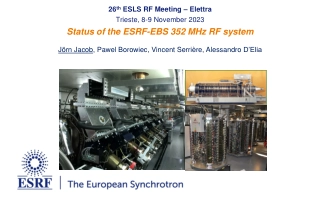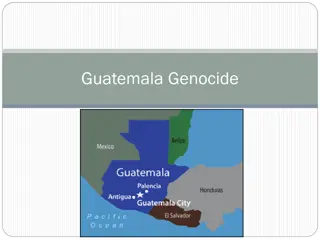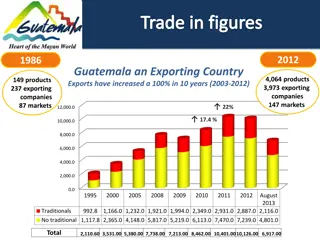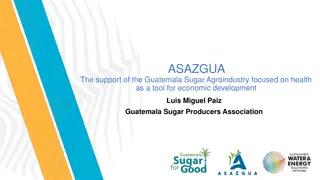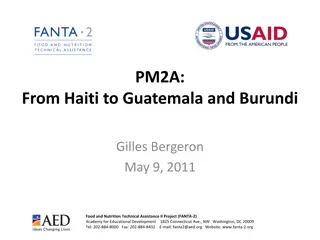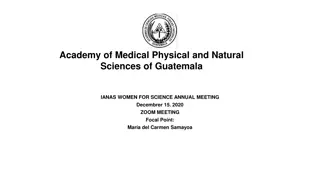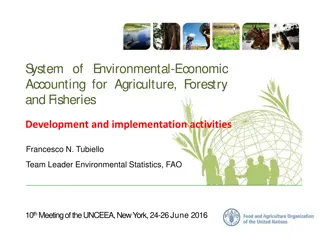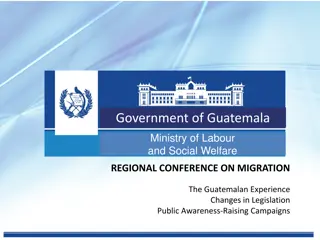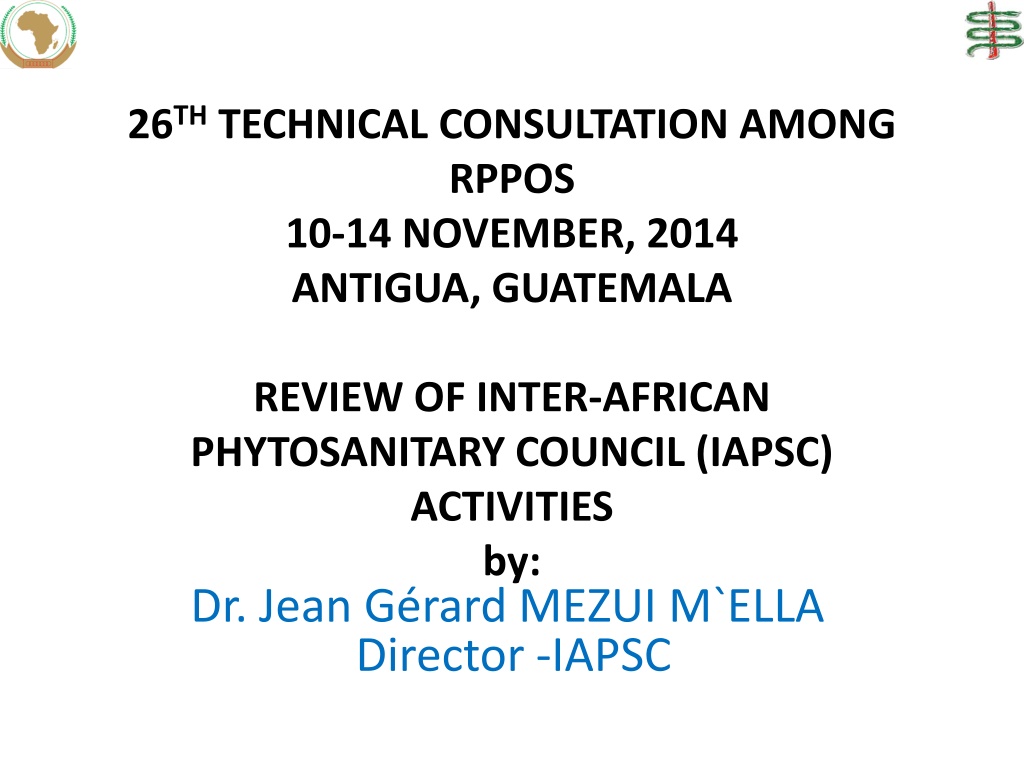
IAPSC's Role in Promoting Plant Health and Trade in Africa
The International Plant Protection Convention (IPPC) and its specialized body, the Inter-African Phytosanitary Council (IAPSC), play a critical role in enhancing plant health, food security, and trade in Africa. By fostering cooperation among member states, conducting pest risk analyses, and promoting Integrated Pest Management (IPM), IAPSC aims to improve crop production sustainably. This summary highlights IAPSC's vision, missions, key stakeholders, structure, and activities in addressing emerging pests in Africa.
Download Presentation

Please find below an Image/Link to download the presentation.
The content on the website is provided AS IS for your information and personal use only. It may not be sold, licensed, or shared on other websites without obtaining consent from the author. If you encounter any issues during the download, it is possible that the publisher has removed the file from their server.
You are allowed to download the files provided on this website for personal or commercial use, subject to the condition that they are used lawfully. All files are the property of their respective owners.
The content on the website is provided AS IS for your information and personal use only. It may not be sold, licensed, or shared on other websites without obtaining consent from the author.
E N D
Presentation Transcript
26THTECHNICAL CONSULTATION AMONG RPPOS 10-14 NOVEMBER, 2014 ANTIGUA, GUATEMALA REVIEW OF INTER-AFRICAN PHYTOSANITARY COUNCIL (IAPSC) ACTIVITIES by: Dr. Jean G rard MEZUI M`ELLA Director -IAPSC
OUTLINE Introduction IAPSC`s vision and Missions Key stakeholders of IAPSC IAPSC current structure Review of IAPSC` activities Emerging/re-emerging pests in Africa Conclusion
INTRODUCTION By 2050, crop production in developing countries must double. For this to happen, there would be need for intensification, smart farming, smart policies, and the more creative use of markets. Dealings with phytosanitary issues would be crucial and risks must be better understood. While phytosanitary measures were necessary, they had to be scientifically justified, consistent with the risk, least restrictive, and cause minimum impediment to international trade. IAPSC as one of the 10 Regional Plant Protection Organizations of the International Plant Protection Convention and one of the 6 Specialized Technical Offices of DREA plays an important role in the cooperative endeavor to implement the IPPC`s functions and promote good agricultural and pesticides management practices by enhancing member states to comply with ISPMs, carry out Pest Risk Analysis and to implement IPM such as to increasing sustainable intensification of crop production in the continent.
IAPSC`S VISION AND MISSIONS VISION: Robust plant health system for better livelihoods, enhanced trade and biodiversity. Mission: To secure cooperation among African member states in protecting plant resources from the spread and introduction of pest in order to preserve food security, biosecurity and to facilitate trade with the view of improving the people wellbeing and rural development.
Key stakeholders of IAPSC AU 54 member states and their National Plant Protection Organizations ( NPPOs); 8 Regional Economic Communities ( RECs); International Plant Protection Convention ( IPPC); Food and Agriculture of United Nations (FAO); IITA, CABI, STDF, NGOs, HRST, Agro-industries and trade institutions, farmers organizations; Agricultuture institutions of learning etc.
IAPSC CURRENT STRUCTURE General Assembly Steering Committee Directorate-AU-IAPSC 4 sections: - Phytopathology -Entomology -Administration and Finance - Documentation
Review of IAPSC` activities IAPSC mainstreams with Member States and African Regional Economic Communities to safeguard the capacity of the continent agricultural land resource from the adverse impacts of invasive plants and plant pests and to protect plant health and quality through the application of sustainable pest management technologies, implementation of good pesticides management and the International Standards for Phytosanitary Measures practices that enhance consumer confidence, ensure food security, trade and economic growth. compliance with the
Review of IAPSC` activities Cont`s CPM agendas reviewed for African common position through technical meetings in Tunis-Tunisia. 8th Steering Committee took place in Accra, Ghana with the adoption of current office strategic plan 2014-2023 Current and emerging major pest issues are being addressed; Participation to SPS committee and CPM meetings Workshop to review drafts ISPMS of IPPC scheduled discussed on 17-19 /11/ 2014 in Addis Ababa, Ethiopia Workshop to enhance MS capacity of Invasive Alien plants scheduled on 20-21 /11/2014 in Addis Ababa, Ethiopia.
Emerging /re-emerging pests in Africa: Pests emerging from human transboundary movements are: Fruit flies: classic trade, but complex ecosystem invasion (Bactrocera invadens) Cassava mosaic disease: conflict traffic Cassava brown streak: humanitarian Banana bacterial wilt: conflict traffic Banana wilt ( Banana panama disease) Banana bunchy top disease Tuta absoluta and Maize Lethal Necrosis disease
Conclusion Capacity building initiative of NPPOs` officials of MS on compliance with ISPMs and PRA to be consolidated. Databases of diagnostic laboratories in terms of where experts are located and their expertise to be enhanced IAPSC to update its pest database and to encourage AU member states to share their pest databases with other African contracting parties of IPPC. PCE of MS to be updated Need for more restraint responses to outbreaks of emerging pests Need to enhance collaboration between IAPSC and MS NPPOs-IPM Continuous efforts of national IPM programs. Financial support to IAPSC for the improvement of MS capacity in the implementation of ISPMs to be consolidated
Thank you for your attention


